A few months ago, I signed up for a sustainable graphic design course because I wanted to learn more about how the discipline impacts the environment. But the class made me rethink more than just my approach to graphic design. I discovered zero-waste lifestyle blogs (1,2,3), several videos on YouTube (1,2,3,4) showcasing innovative approaches to sustainable living, and realized that personal consumption and waste also played an important role in my design practice. The waste I was generating in my personal life far outweighed the negative impacts of my current design practice at MICA and likely feed into my unsustainable approach to graphic design. I decided I needed to think about things more holistically. If I developed a sustainable design practice but didn’t do anything to improve my lifestyle I feared that shortly after the course ended, I’d simply revert back to old habits and none of these sustainable values would stick. It also seems very unlikely that I’d be a good champion for sustainable graphic design in my professional practice moving forward, where clients and project constraints often create serious barriers to a sustainability, if I’m not willing to put in the effort to try and live sustainably at home. So, for the classes final project, I decided to try and drastically reduce my waste (inspired by zero-waste lifestyle blogs) and document the experience. Along the way, I also tried applying sustainability to aspects of my thesis project. The following is a reflection on that experience.
RESEARCH
The biggest resource for our class was the Sustainability reader. It contained several (#) essays on sustainable design along with a helpful collection of list, charts, and manifestos that created an overview for how we could approach sustainability in our own practice. In addition to that, I also did a good amount of my own research and found a lot of inspiring blogs and YouTube videos that helped me think about how sustainability could influence my personal life. Zero Waste bloggers were particularly helpful throughout this project because they provided so many simple alternatives that help me cut back on or completely avoid sending anything to a landfill. I found this zero waste outline and I’d recommend it to anyone looking to live a more sustainable lifestyle.
1. Establish your “why”
I’m trying to develop a lifestyle and if my everyday actions are more in line with sustainability, I believe it will it naturally start to influence my design practice.
2. Where did most of my waste come from in the last two months?
It came from the kitchen! Paper towels, plastic wrappers, food packaging from the store or delivery services, and food scraps make up most of the trash each week. In addition to that, there are some small items from the bathroom and cat litter.
3. Prioritize
- Food/Kitchen Related Waste
- Design Related Waste
- Cleaning/House Waste
4. Replace Items as they run out & properly recycle / compost items
This step is important! I wanted to cut back on my trash production over the month, but there were still plenty of unsustainable products in my house. So, do I just throw all off that away, so I can start off with a clean slate? No! Since I already bought the paper towels, and the tooth brush, and the packaged cleaning supplies, etc. I just need to use them. It doesn’t make sense to get so wrapped up in only using reusable products that you just throw away everything in the house that doesn’t fit into your long-term plan. But with this in mind, it’s important to highlight that I produced a fair amount of trash compared to the zero-waste lifestyles I was inspired by. But that’s OK, it’s a process and it’s something to work towards overtime. I’m about to run out of a handful of products that I plan on replacing with sustainable alternatives and I’ll keep getting better over time. Don’t expect to jump to practically zero-waste overnight.
Here are some other resources that helped me throughout the month.
Baltimore recycling information
GRAPHIC DESIGN
- Web Design
Inspired by this solar powered website and the principles they laid out I tried designing a website for my thesis project using as little as code as possible with no unnecessary content. The site works, but in it’s current iteration, it feels really undesigned and I might need to keep playing with it. Currently it feels more like I didn’t do anything, as opposed to intentionally designing something to use less energy. There is nothing about the design or function of the site that helps users know that the site is trying to be sustainable.
Is this really a problem? If the site is too simple and no one winds up using it, is it a failure? I would argue yes. The goal of the project isn’t to be sustainable. The project has its own objectives and achieving them in a sustainable fashion is an additional challenge. There needs to be a balance and I’d imagine that this will be different for every project. On the other hand, you could make the argument that if there isn’t a way to make the project work sustainably, then you should just not do the project at all. This approach also varies greatly depending on how hard core you want to be about defining sustainability.
- Thesis Exhibition

For my exhibition, I avoided vinyl on the wall by using a paint marker and projector to get a large amount of typography on the wall. This took about four hours to get done, it was easier than actually dealing with vinyl and it gave the wall a more unique appearance. This felt a bit risky in the moment, because I had never used this method before and if it hadn’t worked it would have put me in a serious time-crunch. I did a few test in advanced and planned out my approach and luckily it all worked out. In the long run, this is a small change and it probably won’t work for everyone’s exhibition needs, but it was a nice example of sustainability can push your practice in new directions.
SUMMARY
I wanted this class to have a lasting effect on my practice but as it comes to a close, I’m facing the fact that sustainability isn’t a destination you reach after a few months of work. It’s a daily challenge to push back against deeply ingrained habits that champion convenience and comfort, and I’d be lying if I told you there were never days when old habits got the best of me throughout this project.
My hope is that by sharing this information it might encourage students to take an honest look at their trash and think more about how they can live sustainably in their personal life as well as in their design practice.




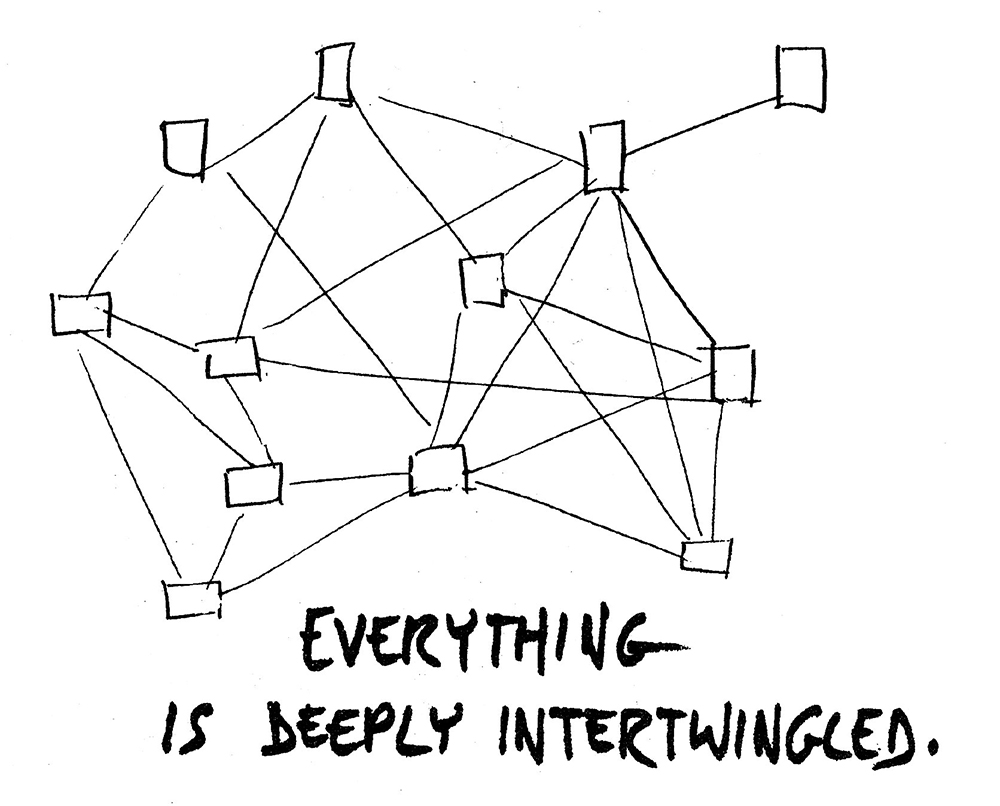
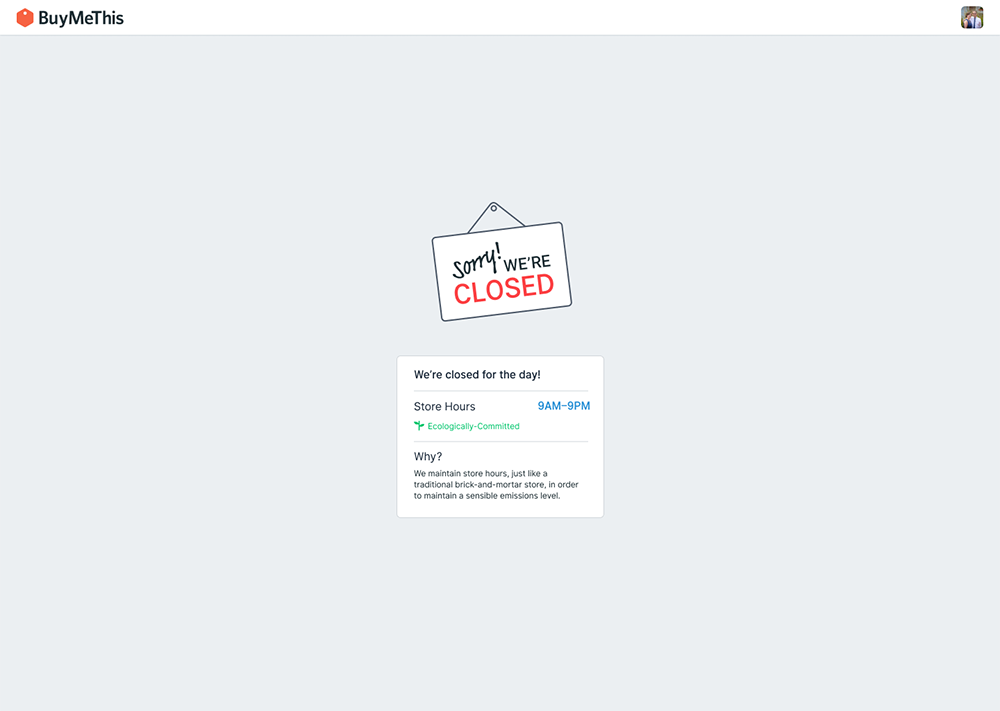
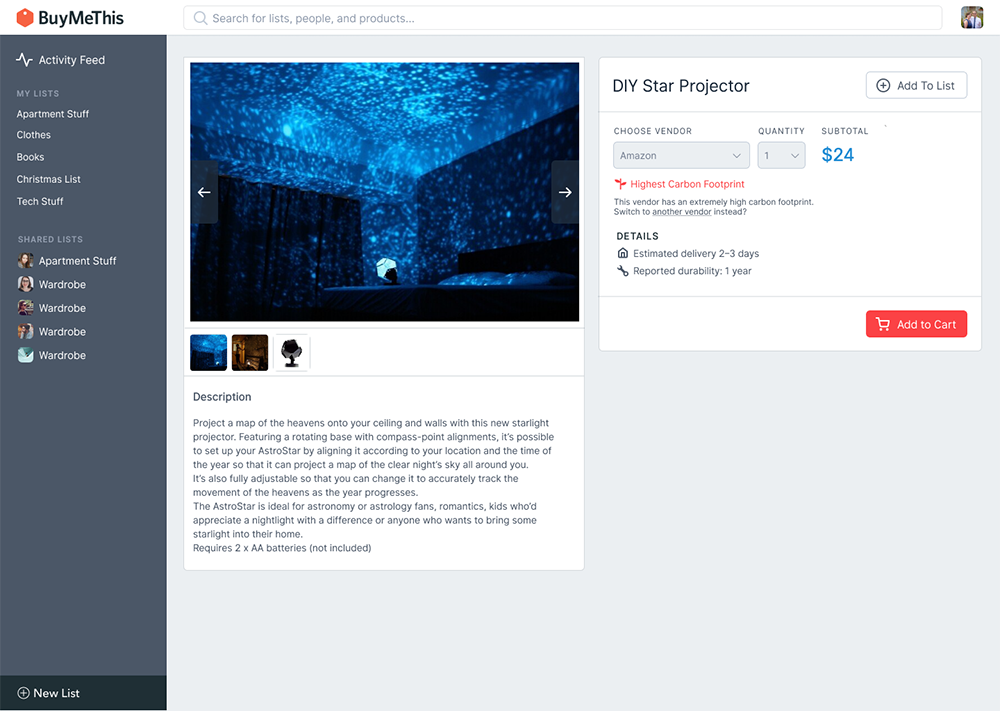
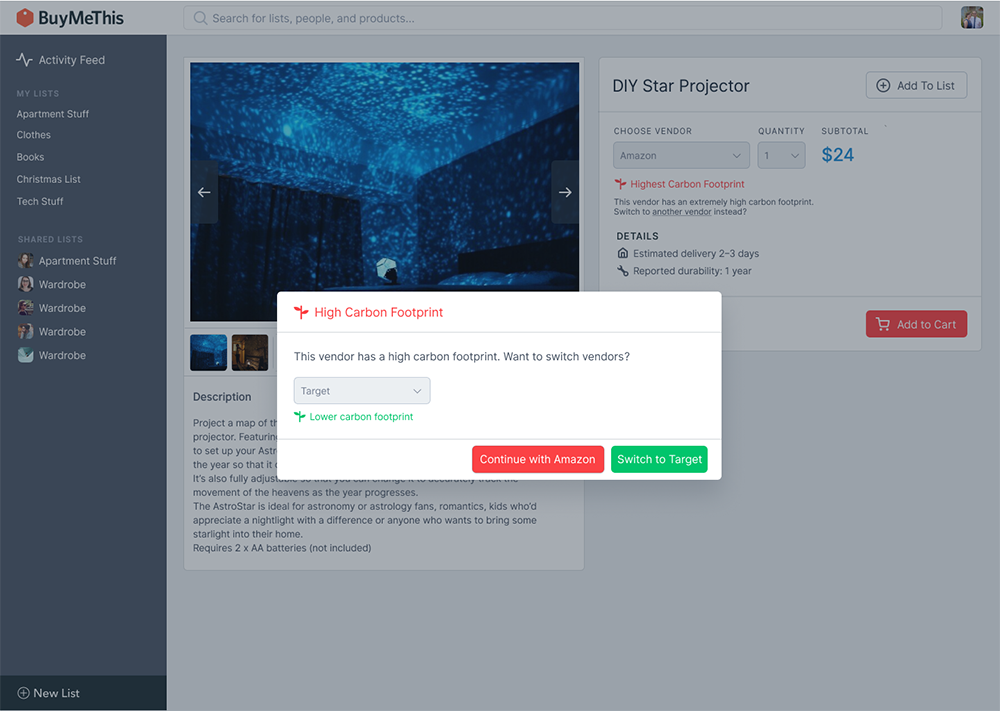

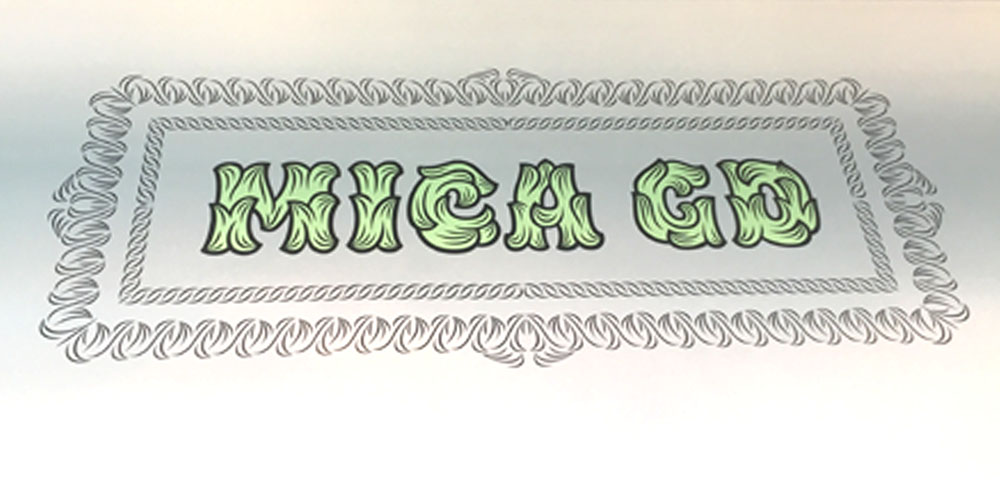
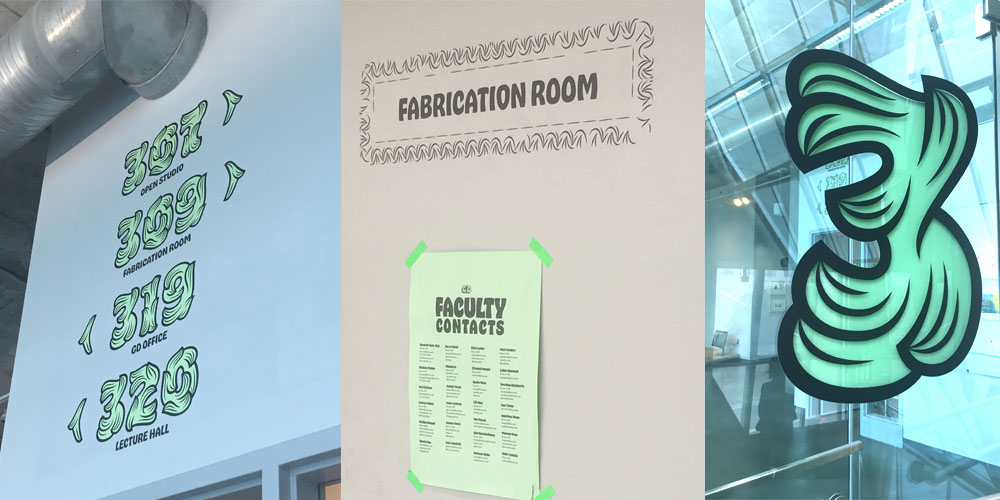




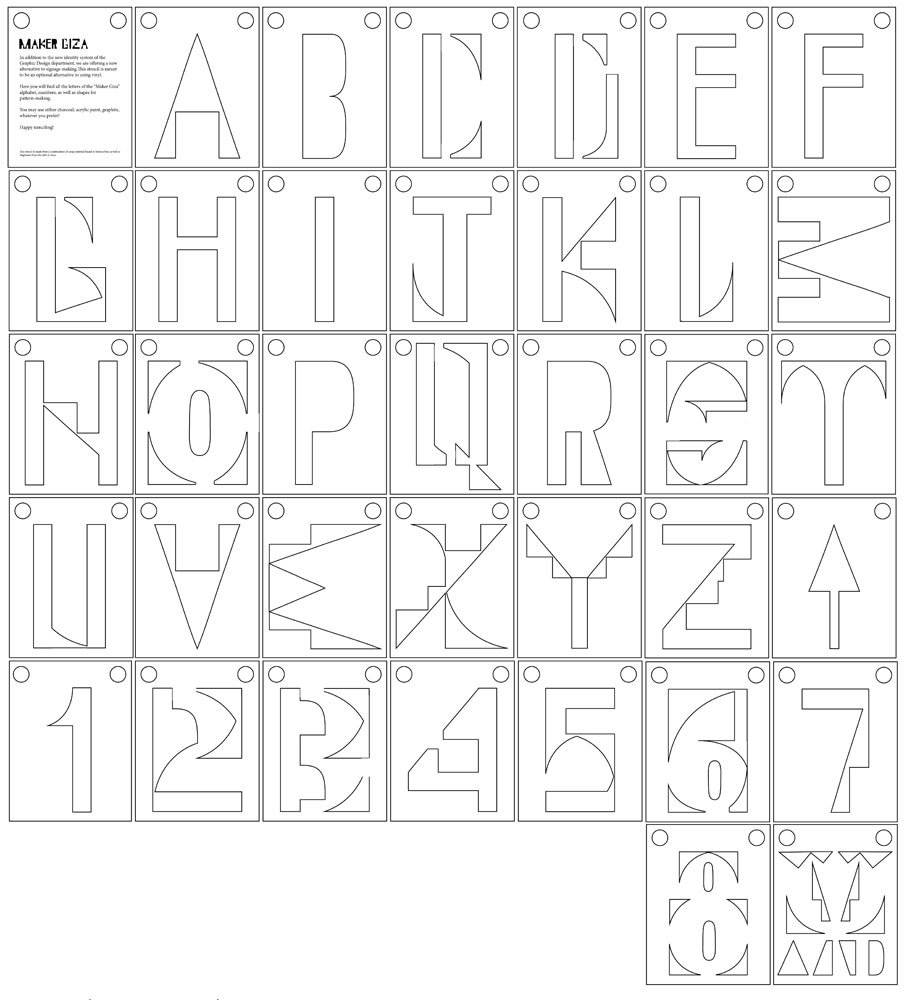
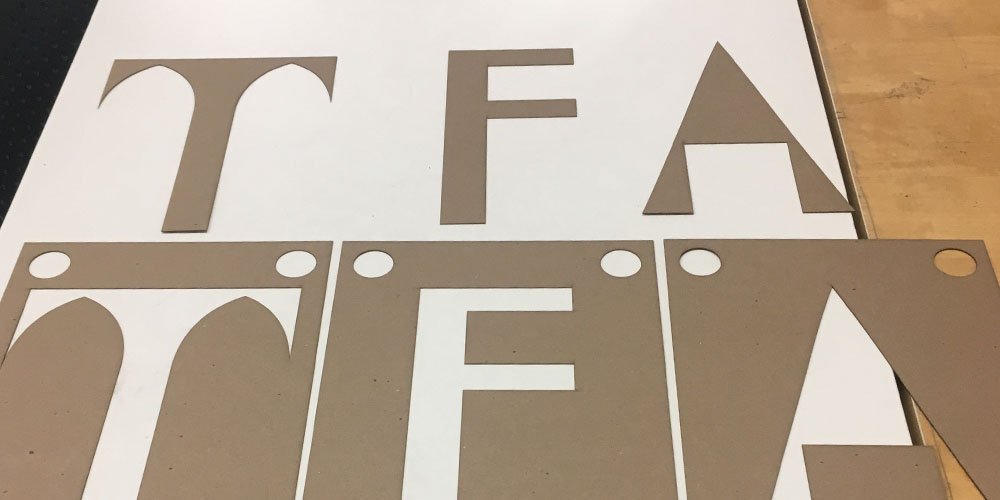

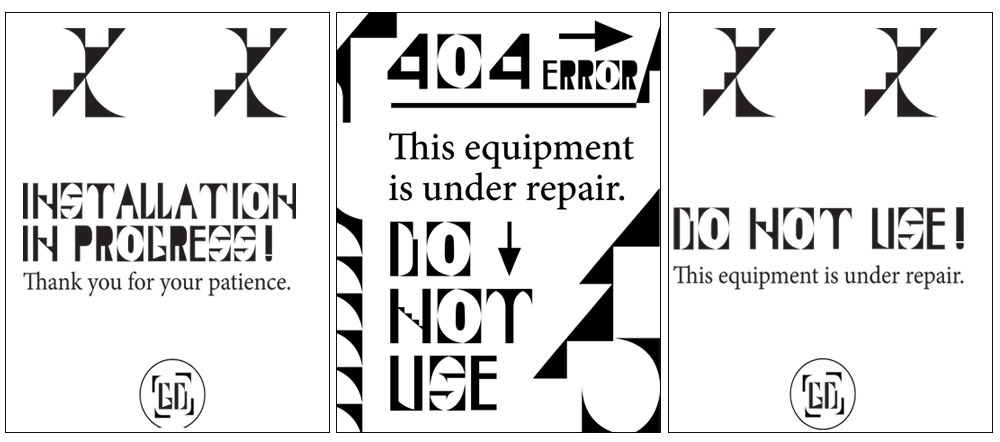
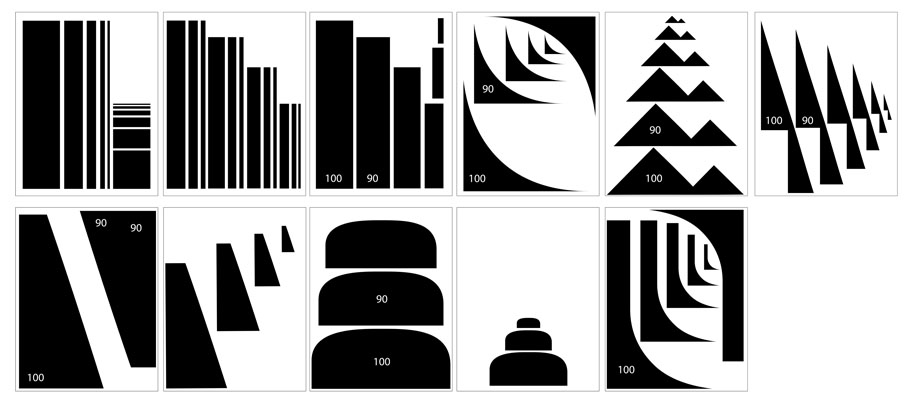

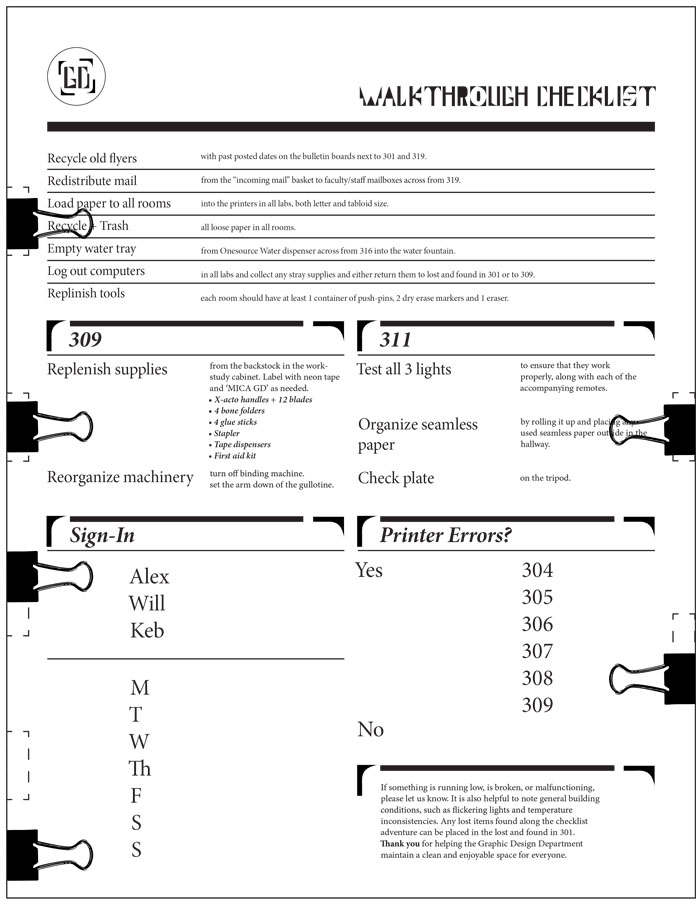


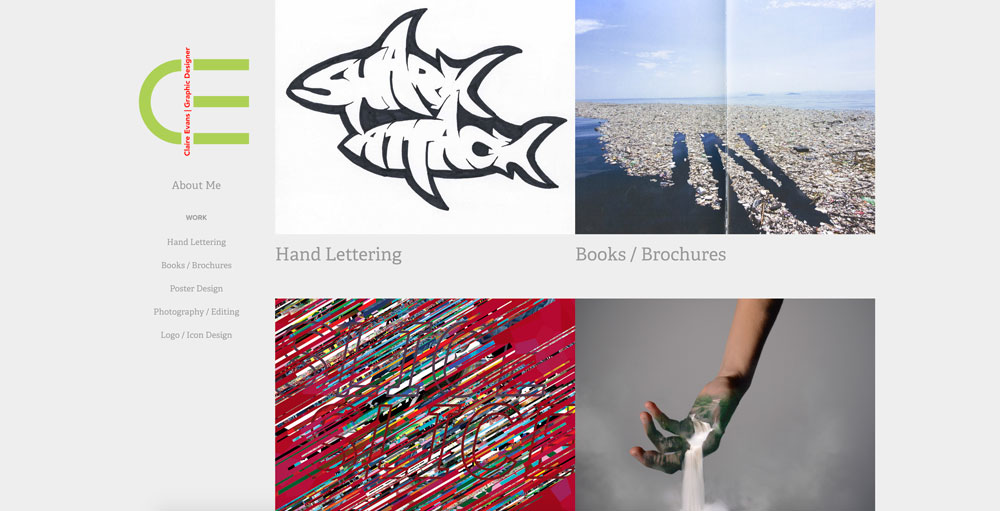
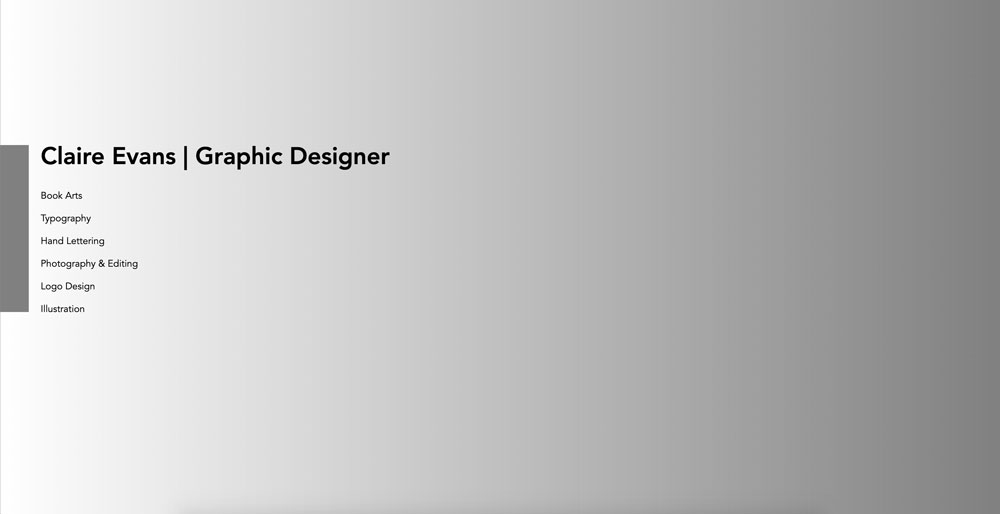 Additionally, I wanted to create a single scroll page because this would eliminate the need to click from page to page within a site, saving the servers from having to send information back and forth, over and over again. It would take one load to view the entirety of my site. The element that takes the most energy to load are the pictures on the site. In my previous portfolio, I did not understand that it mattered what the file size of the images were, so I optimized my images to get them all below (except for a few and the GIF files) 100KB. The time it took to load my site decreased significantly. I also paired down the number of images to my most successful pieces. Although I am very proud of my drawings that I created, because they do not serve much in reference to building a graphic design portfolio, I removed them from the site.
Additionally, I wanted to create a single scroll page because this would eliminate the need to click from page to page within a site, saving the servers from having to send information back and forth, over and over again. It would take one load to view the entirety of my site. The element that takes the most energy to load are the pictures on the site. In my previous portfolio, I did not understand that it mattered what the file size of the images were, so I optimized my images to get them all below (except for a few and the GIF files) 100KB. The time it took to load my site decreased significantly. I also paired down the number of images to my most successful pieces. Although I am very proud of my drawings that I created, because they do not serve much in reference to building a graphic design portfolio, I removed them from the site.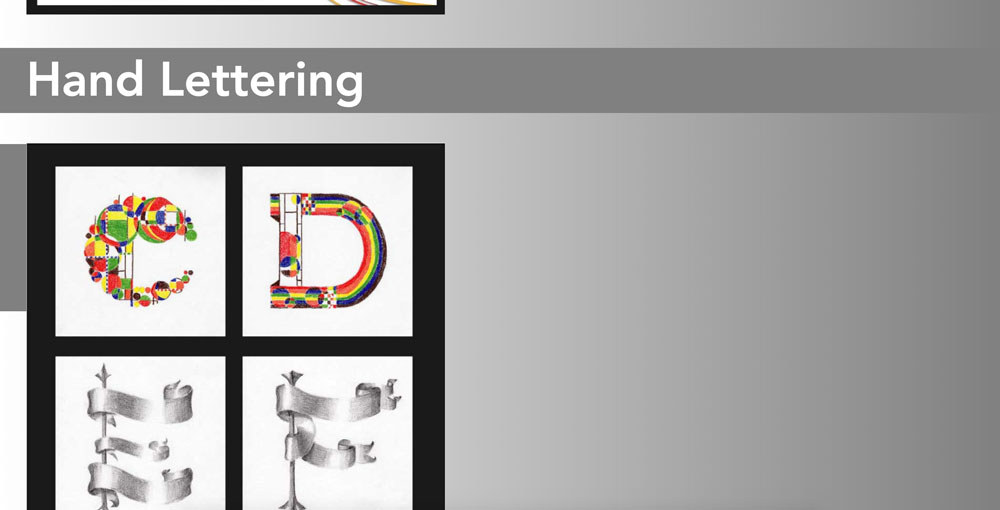
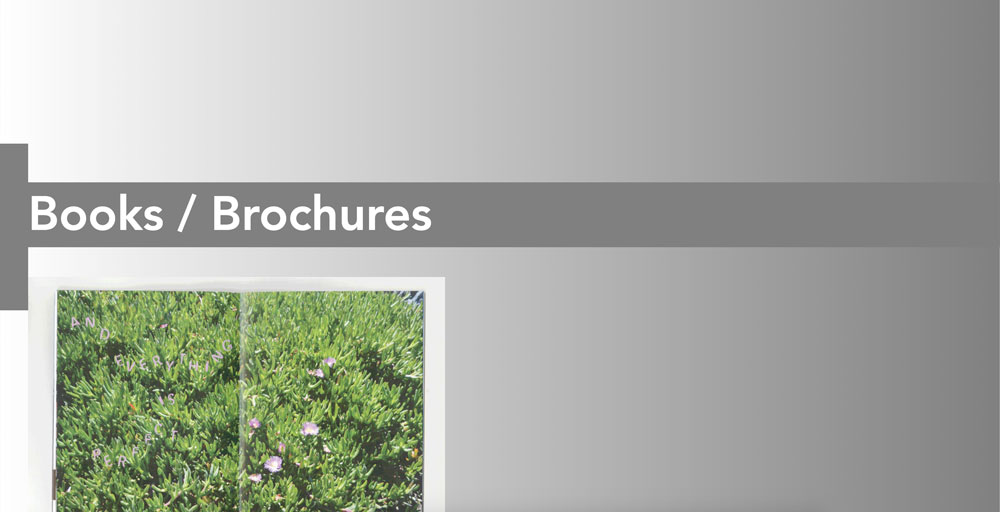 I actually found it challenging to find examples of low-energy sites, and if they were supposedly low-energy there was no indication or explanation of them being low-energy. A real inspiration was Kris De Decker’s unattainable (at this stage) solar powered website, and a few single-scroll online portfolio’s that I found.
I actually found it challenging to find examples of low-energy sites, and if they were supposedly low-energy there was no indication or explanation of them being low-energy. A real inspiration was Kris De Decker’s unattainable (at this stage) solar powered website, and a few single-scroll online portfolio’s that I found.

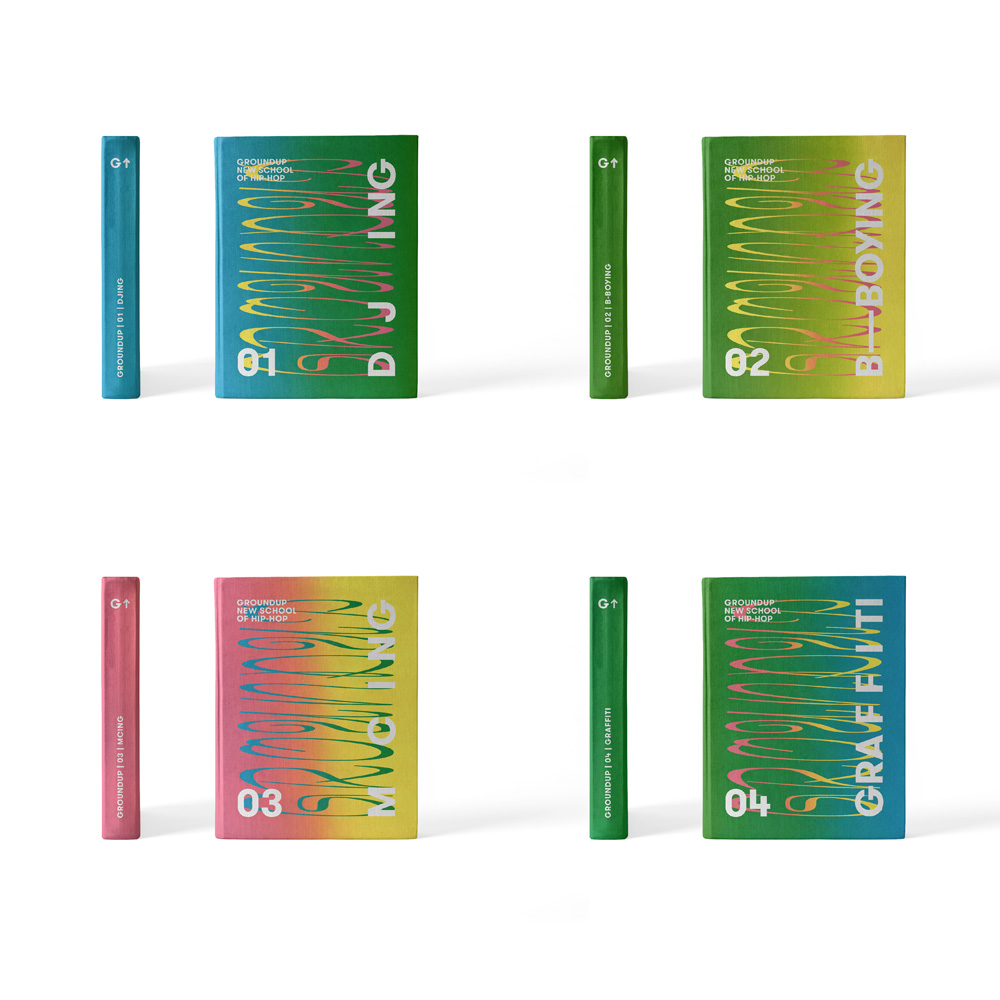
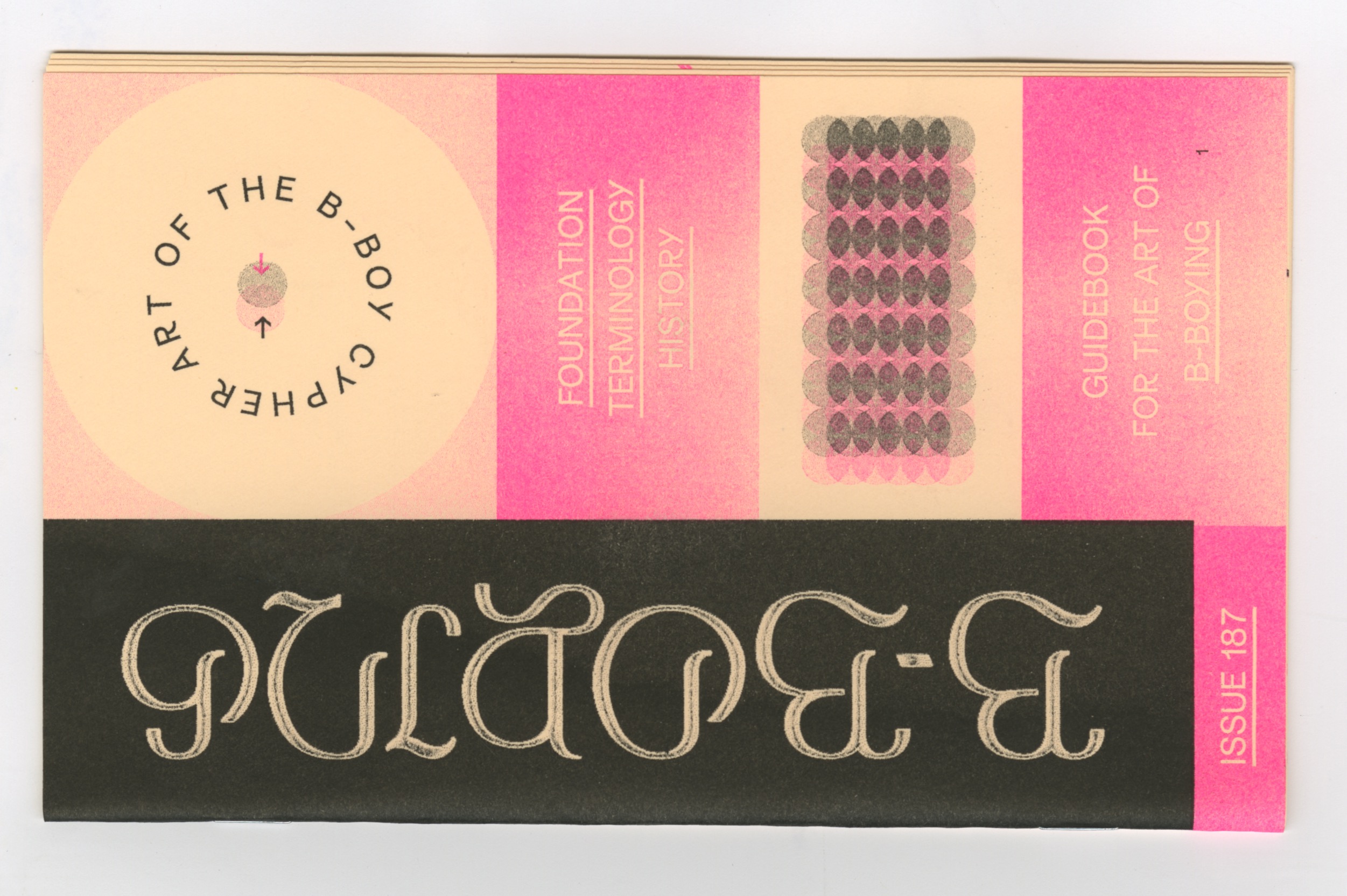
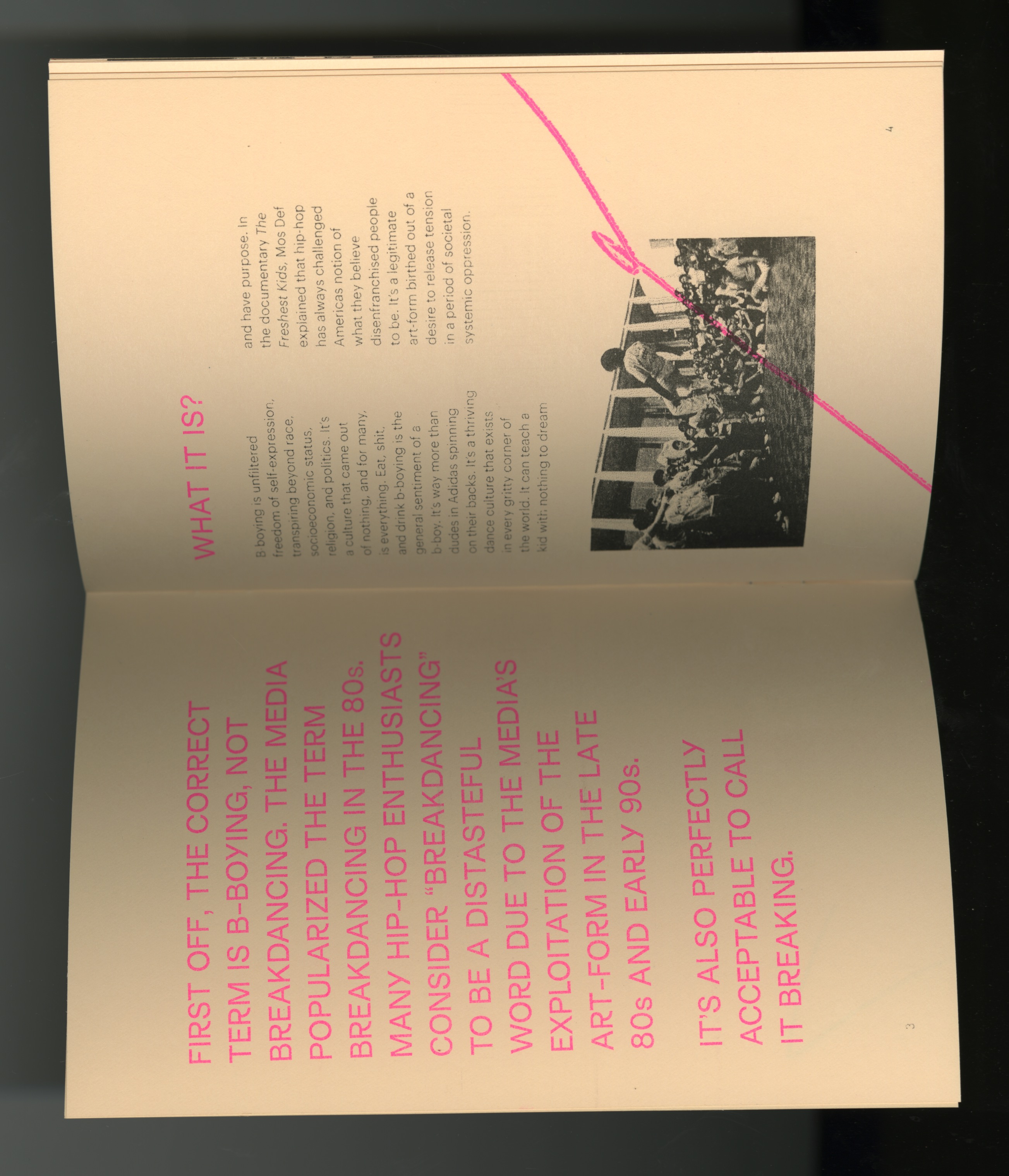

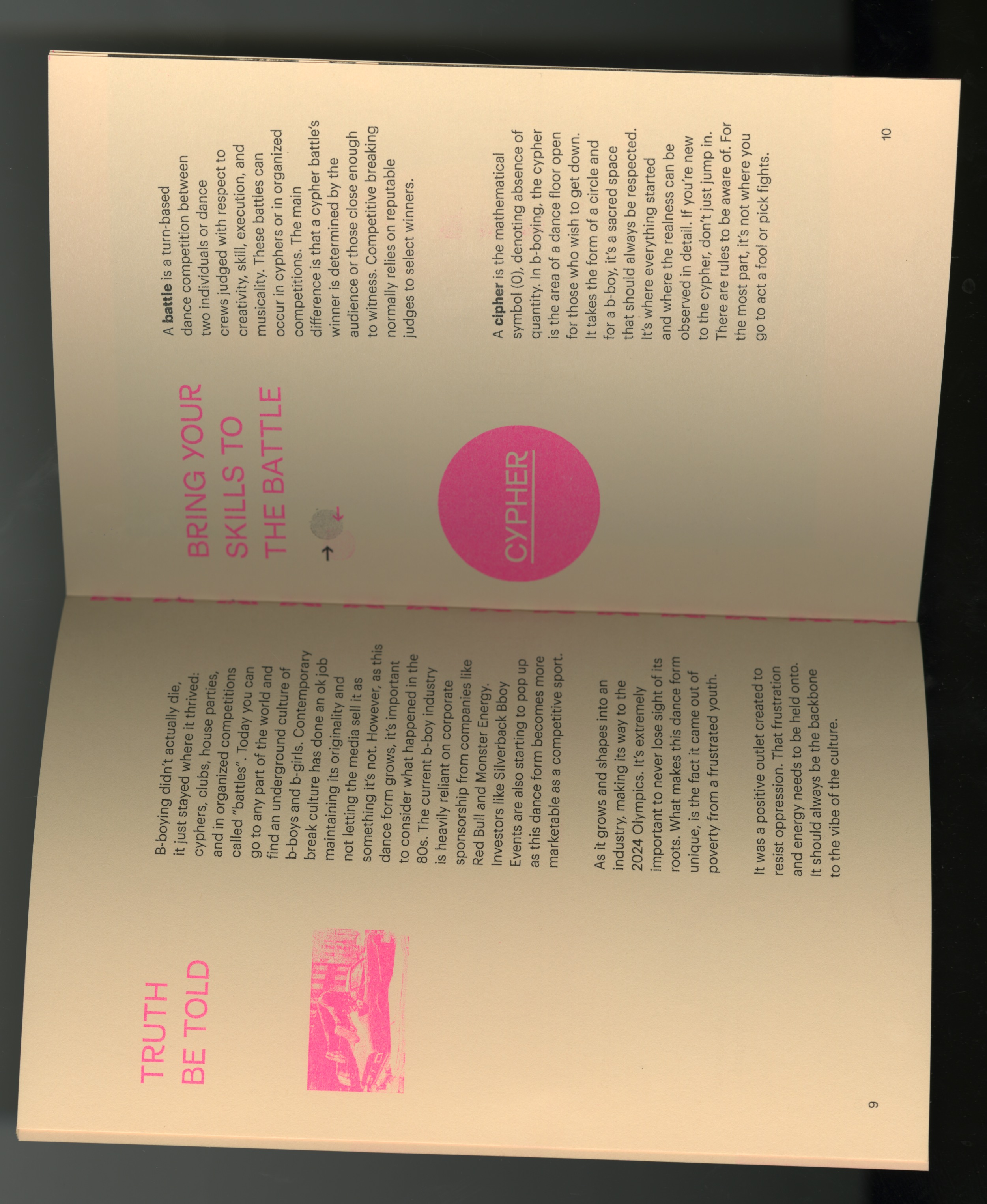
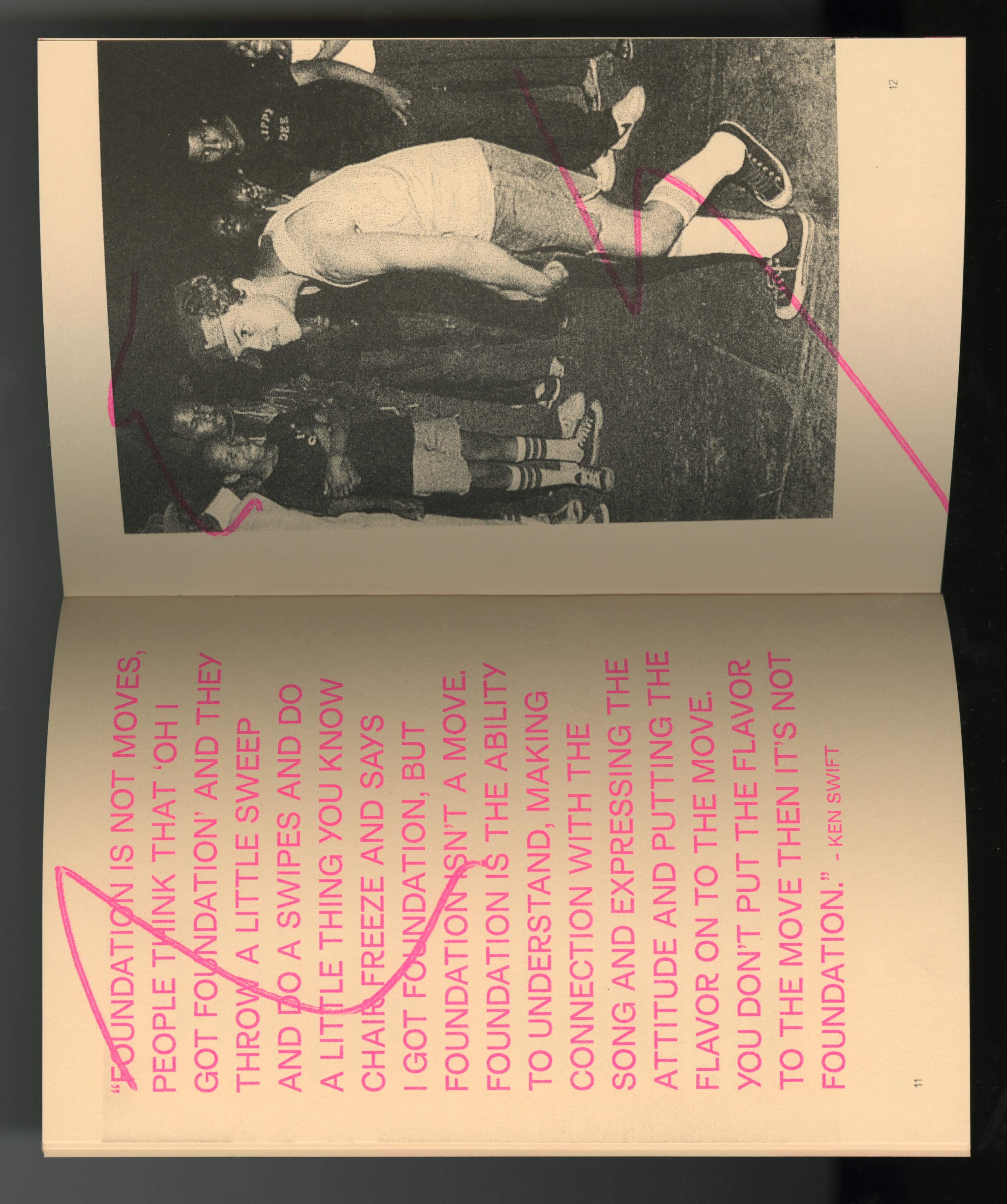


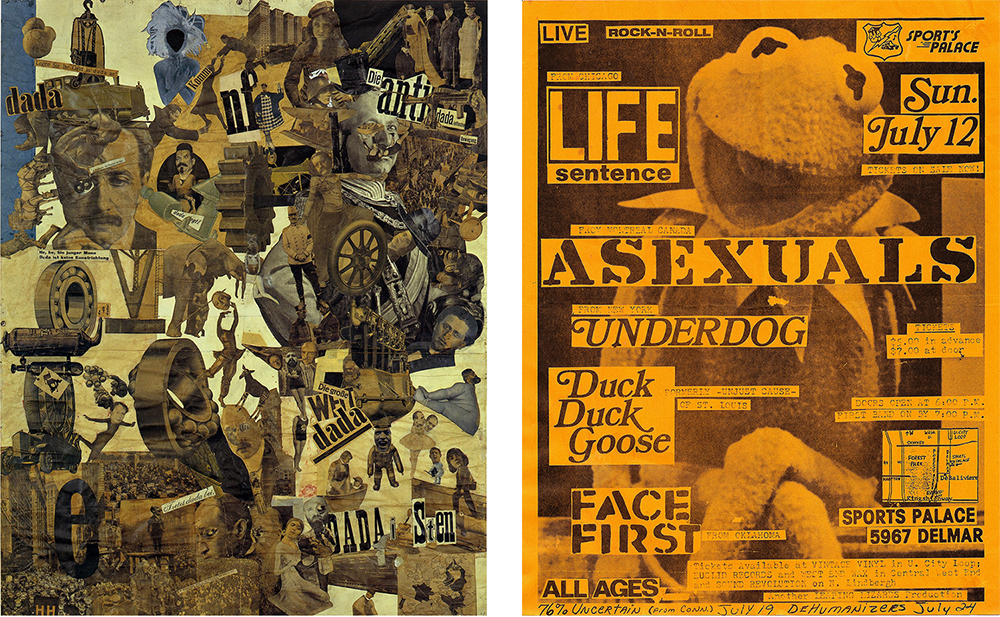
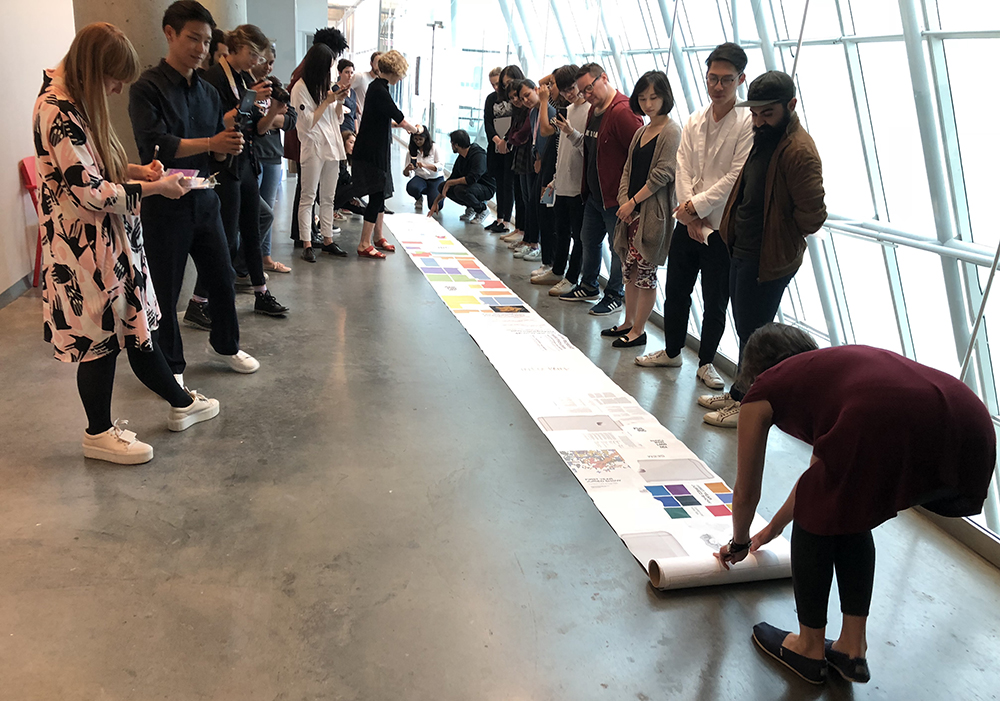
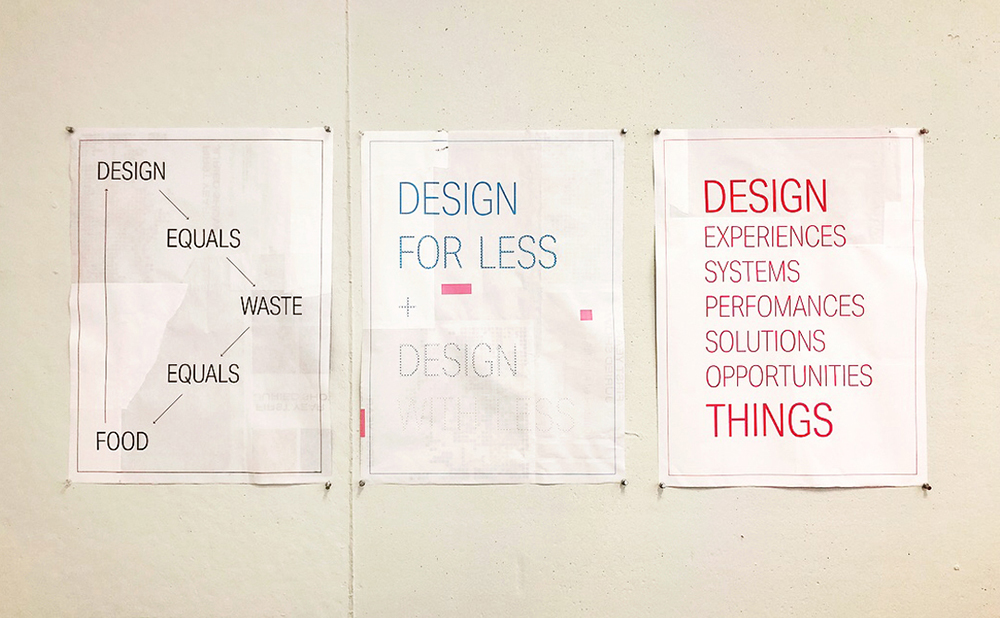

 When we keep running rapidly, sometimes we should slow down and look back towards the point where we started, especially while we can see there’re full of dangers ahead that feel not like what we expected before. Maybe we can think about changing our direction to correct it and question ourselves, what if our destination, is in the opposite way?
When we keep running rapidly, sometimes we should slow down and look back towards the point where we started, especially while we can see there’re full of dangers ahead that feel not like what we expected before. Maybe we can think about changing our direction to correct it and question ourselves, what if our destination, is in the opposite way? I will explain it by answering the following questions:
I will explain it by answering the following questions:
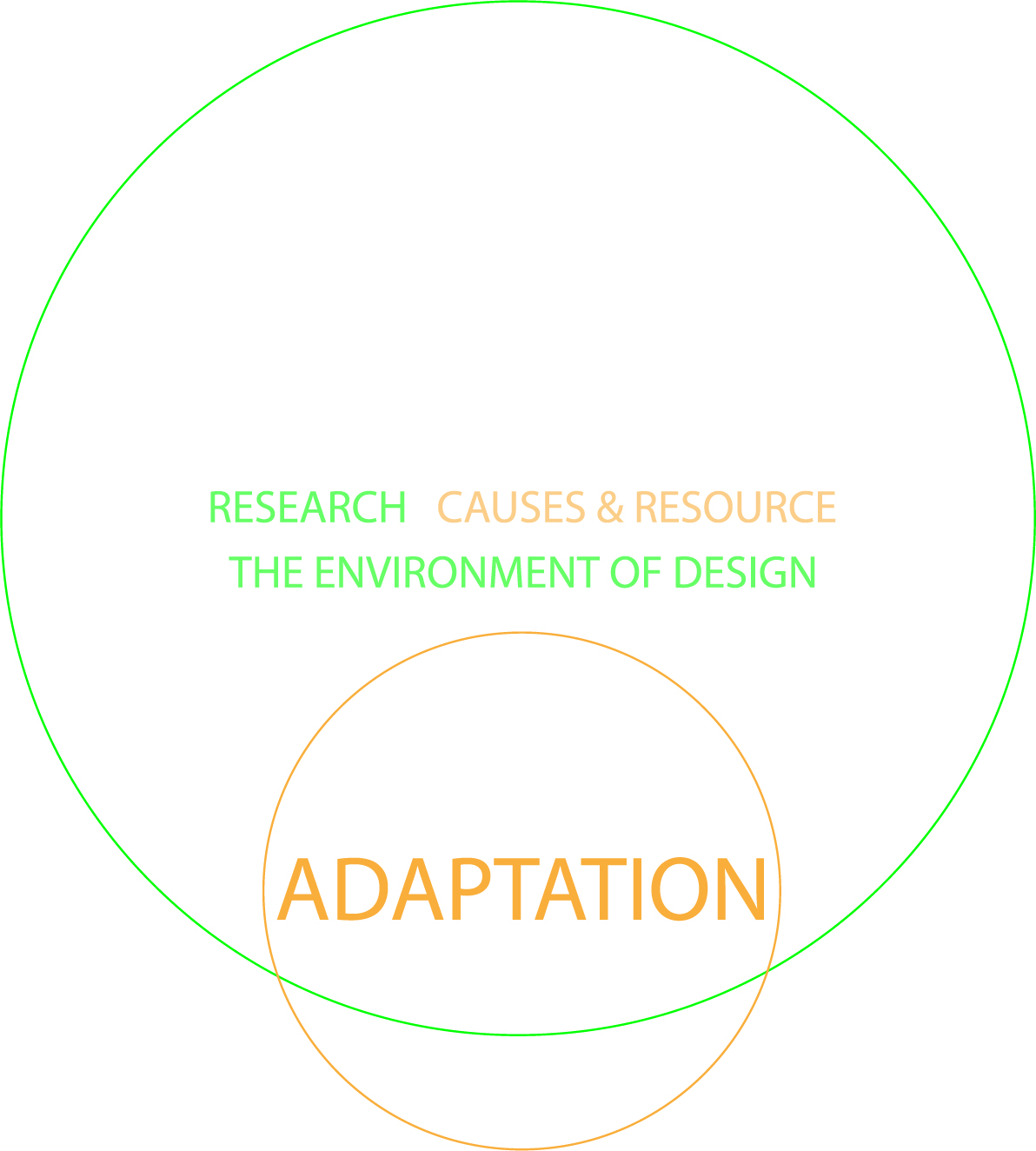
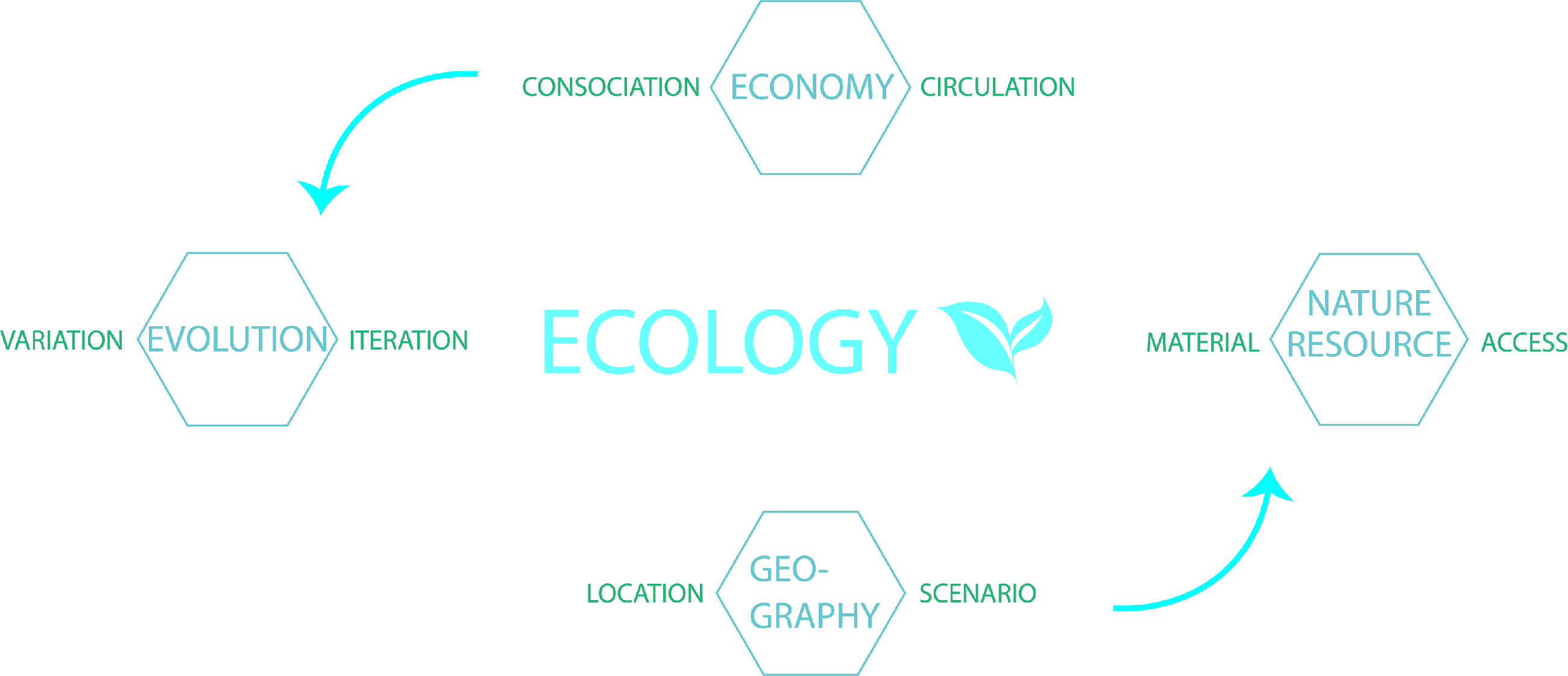
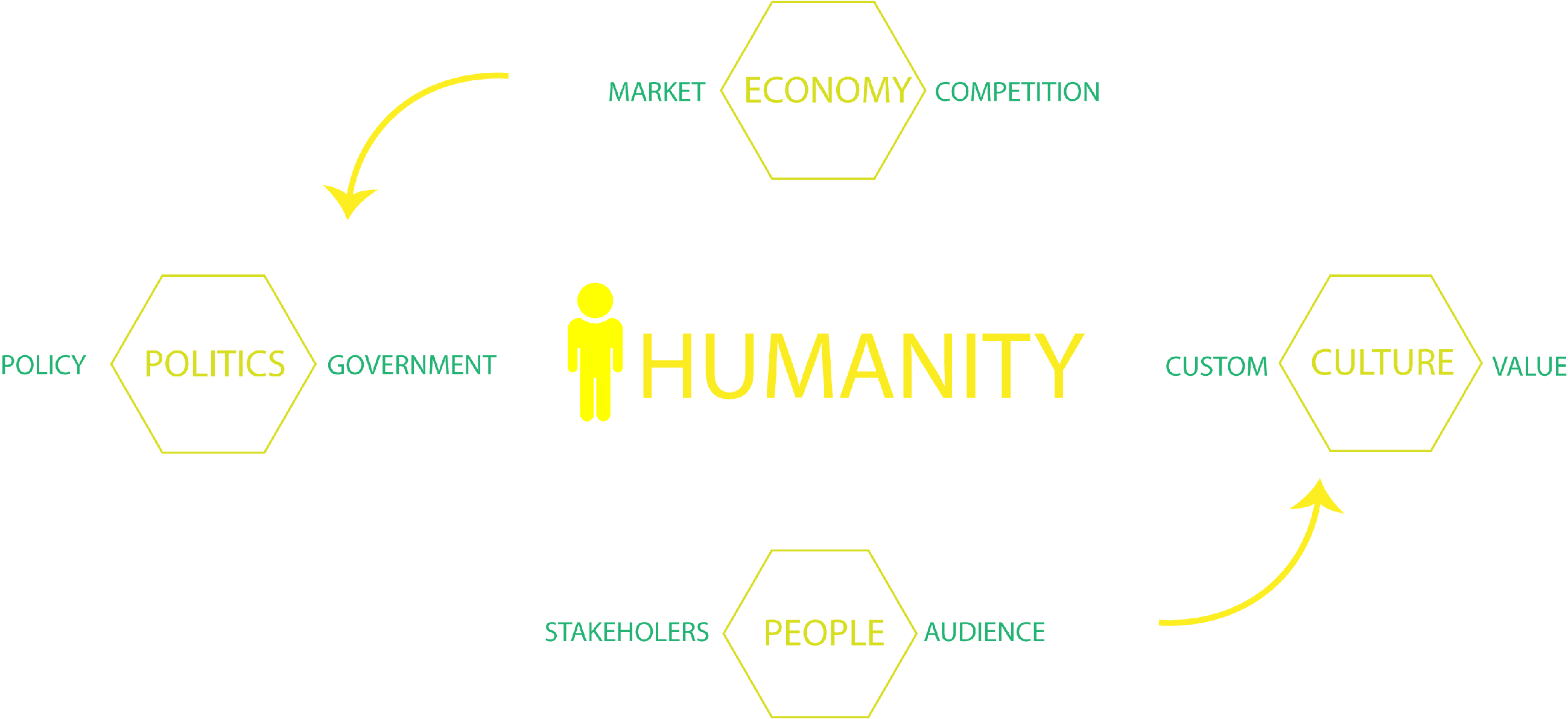
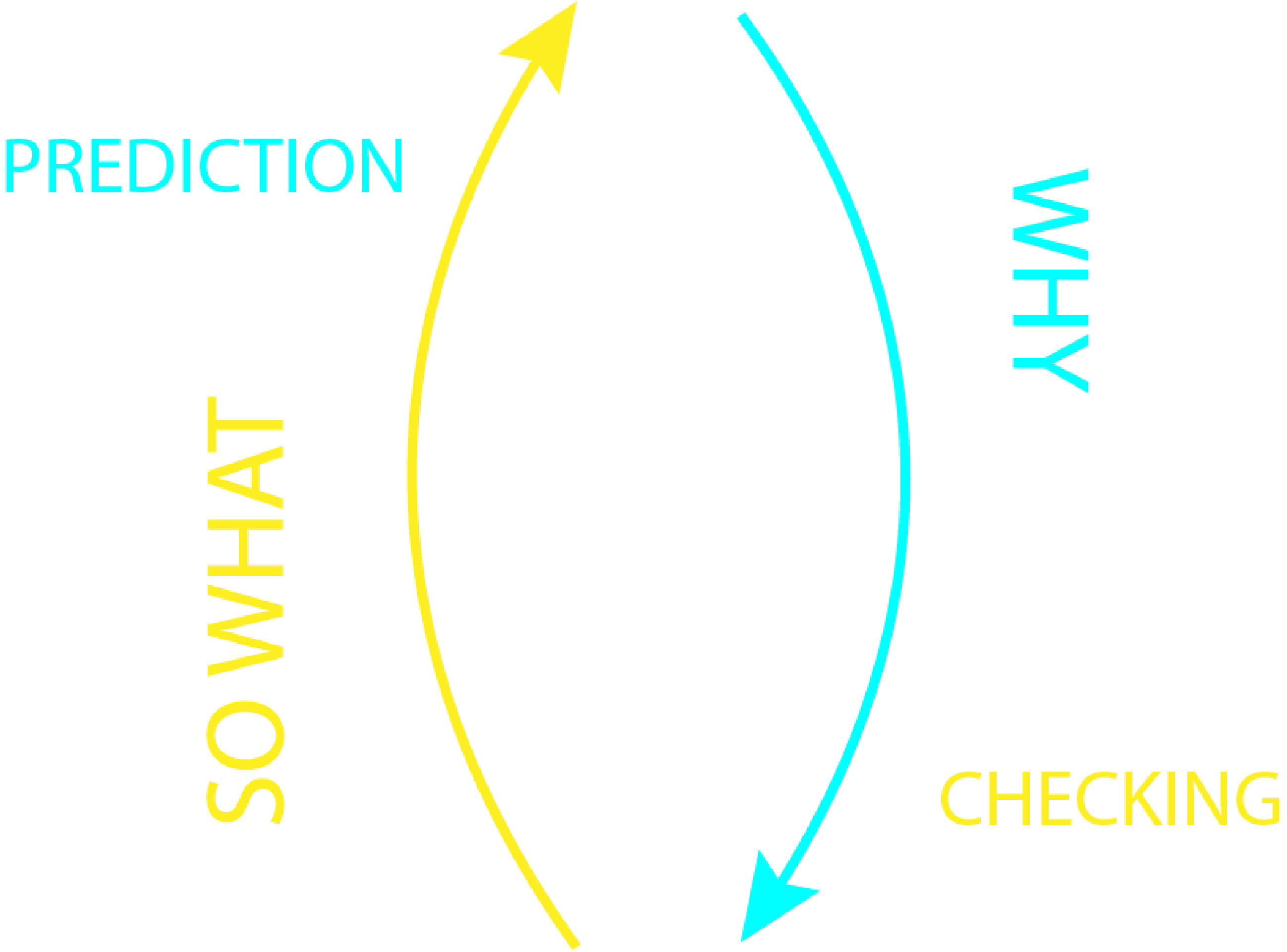
 Asking in different kinds of scales of time and sizes can help us view things from all angles.
In time, the history of the object is very important. Because things usually happen in circulations so it might already happen before. It will save us a lot if we spend enough on the previous. But the solution worked before doesn’t mean it will work for now and the future. That can be our reference but of course, we can not just copy it. We usually follow the traditional ways and expect them to solve the changeable problems.
In sizes, different scales of designs need different volumes of resource and impact with different degrees.
Asking in different kinds of scales of time and sizes can help us view things from all angles.
In time, the history of the object is very important. Because things usually happen in circulations so it might already happen before. It will save us a lot if we spend enough on the previous. But the solution worked before doesn’t mean it will work for now and the future. That can be our reference but of course, we can not just copy it. We usually follow the traditional ways and expect them to solve the changeable problems.
In sizes, different scales of designs need different volumes of resource and impact with different degrees.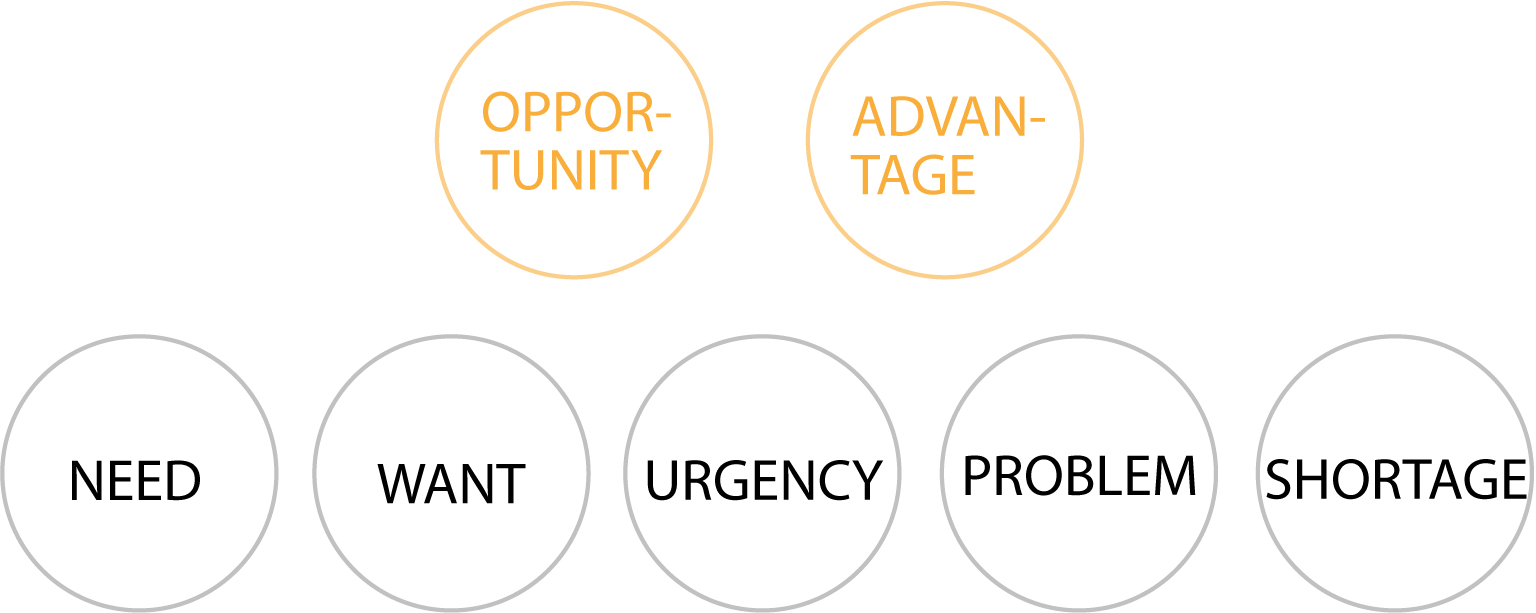 There’re problems everywhere and all the time. For most situations, we can do nothing at all. It’s great to realize don’t try to tackle something when we don’t have the ability to. Just do your part, as best as you can.
But changing small things with our limited capacity can also make a difference, especially if they’re the keys.
We have to keep positive among those disappointing facts and design hopes and win-win.
There’re problems everywhere and all the time. For most situations, we can do nothing at all. It’s great to realize don’t try to tackle something when we don’t have the ability to. Just do your part, as best as you can.
But changing small things with our limited capacity can also make a difference, especially if they’re the keys.
We have to keep positive among those disappointing facts and design hopes and win-win.
 When we are very optimistic about how we are going to change the world and save the planet, it’s time to hold on and reflect the challenges hiding behind the opportunities we chose. To calculate the risks, costs, and effects in different time and size scales as well as on different people.
The reflection can protect others and us.
When we are very optimistic about how we are going to change the world and save the planet, it’s time to hold on and reflect the challenges hiding behind the opportunities we chose. To calculate the risks, costs, and effects in different time and size scales as well as on different people.
The reflection can protect others and us. In order to make a difference, we have to take risks and pay for it, but we can make more appropriate choices after reflection ,or still can’t. In case hurting others and ourselves, we can make a small step first, quickly and easily. Then to walk step by step until we can run.
If we fall, we can have a rest to think about it and then get up again while correcting our direction from time to time by GPS, just in case you are running into the wrong way by a slight deviation in the beginning.
Only after we practicing the knowledge we learnt, we will see things are often different from our common senses and cognition. Sometimes they may prove our hard-working research is totally wrong.It is frustrating, but it doesn’t mean to be meaningless. That’s also an efficient way of learning.
Our designs may change completely in the future, in functions or efficiency. They can be far out of our expects when it spread furtherly.
Then we can keep questioning ‘why’ and ‘so what’ about them, and start another loop.
In order to make a difference, we have to take risks and pay for it, but we can make more appropriate choices after reflection ,or still can’t. In case hurting others and ourselves, we can make a small step first, quickly and easily. Then to walk step by step until we can run.
If we fall, we can have a rest to think about it and then get up again while correcting our direction from time to time by GPS, just in case you are running into the wrong way by a slight deviation in the beginning.
Only after we practicing the knowledge we learnt, we will see things are often different from our common senses and cognition. Sometimes they may prove our hard-working research is totally wrong.It is frustrating, but it doesn’t mean to be meaningless. That’s also an efficient way of learning.
Our designs may change completely in the future, in functions or efficiency. They can be far out of our expects when it spread furtherly.
Then we can keep questioning ‘why’ and ‘so what’ about them, and start another loop.


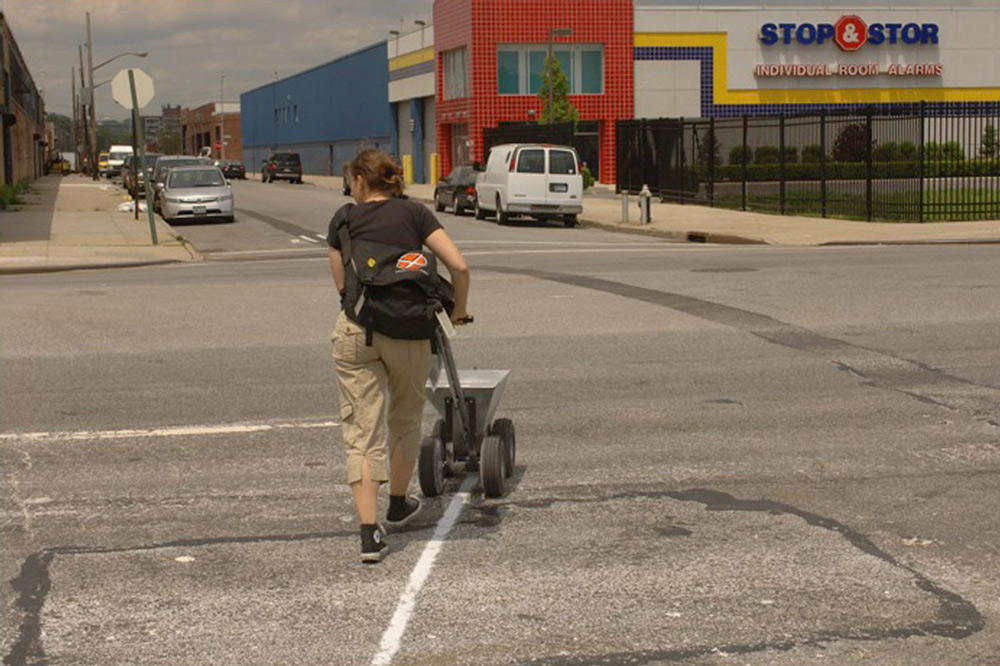
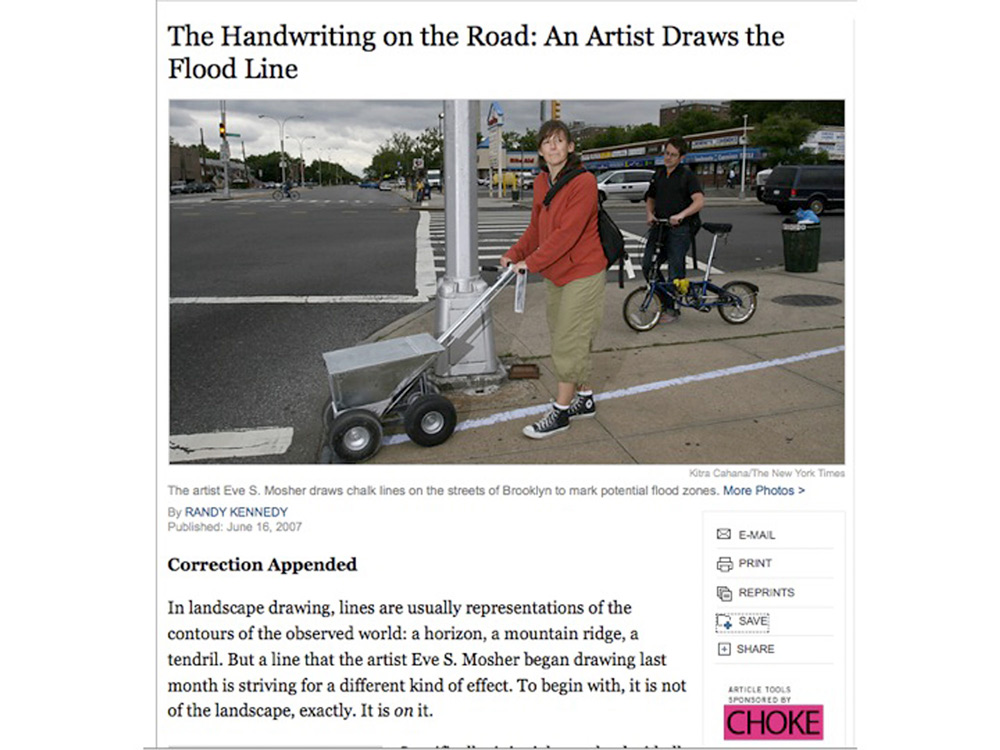
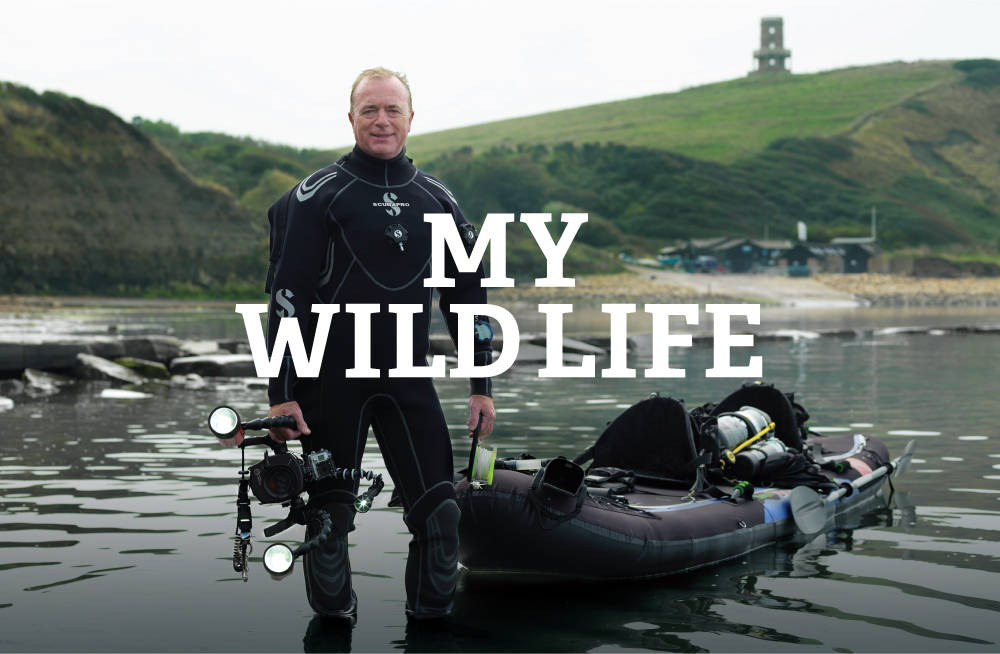
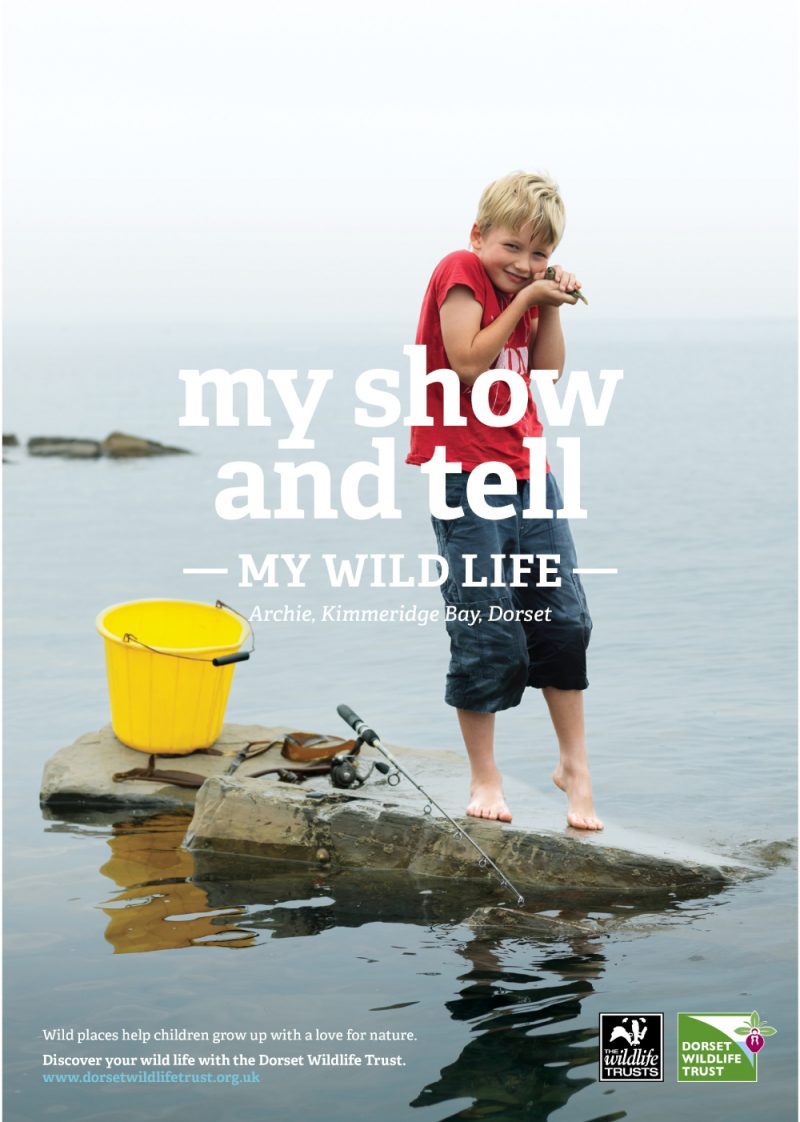
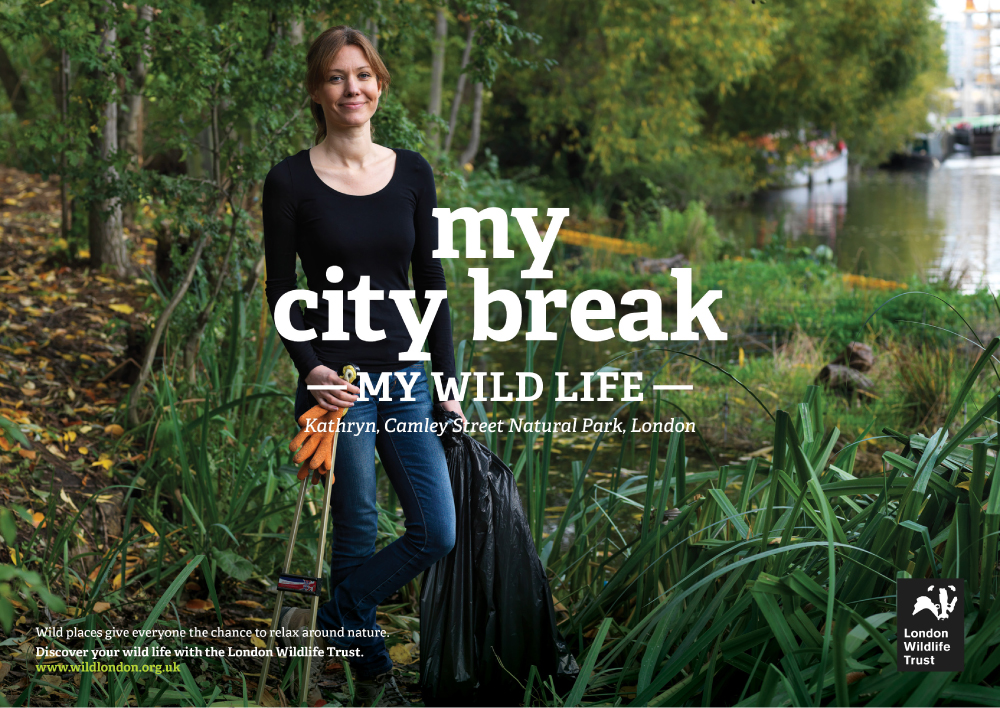
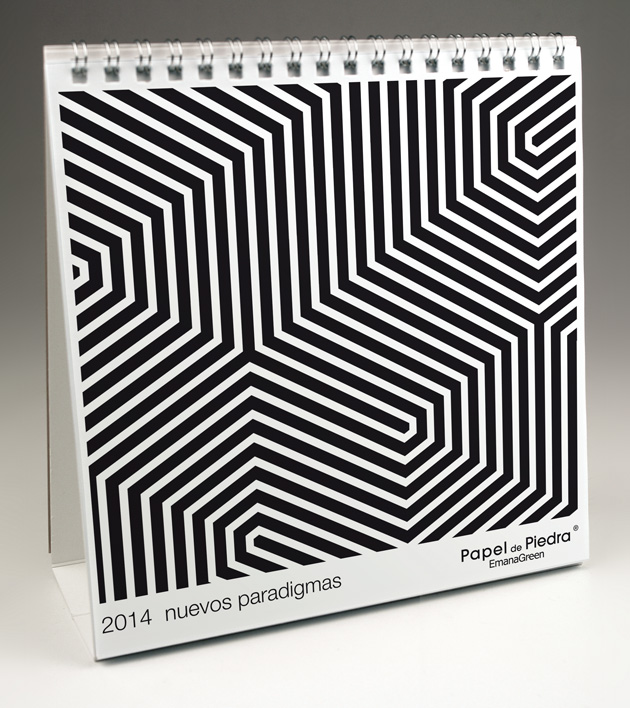 Stone-Paper: They launched an experiment to print a calendar on paper made of stone. Calendar’s only last one year until you have to buy another one, so they wanted a paper that would be able to biodegrade with that lifespan in mind. What they found was that the stone paper left in the studio remained in good condition and intact after a year. They left other sheets outside to be affected by rain, weather, heat, cold, etc for one year. The paper left outside overtime broke down and crumpled as if it were plaster and was then able to degrade. The production of stone paper releases 50% less carbon dioxide than tree paper. The downside was that the production time was slower (although is this really a downside in the sense of sustainability?). In addition, it required no water or toxic chemicals to produce, unlike tree paper. Interestingly, the paper responded the same way to inks as tree paper. They were even able to play with a transparency effect with the paper because they used a thin layer. The binding for the calendar was made of 100% recyclable aluminum, and they did not use full-bleed to minimize ink.
Stone-Paper: They launched an experiment to print a calendar on paper made of stone. Calendar’s only last one year until you have to buy another one, so they wanted a paper that would be able to biodegrade with that lifespan in mind. What they found was that the stone paper left in the studio remained in good condition and intact after a year. They left other sheets outside to be affected by rain, weather, heat, cold, etc for one year. The paper left outside overtime broke down and crumpled as if it were plaster and was then able to degrade. The production of stone paper releases 50% less carbon dioxide than tree paper. The downside was that the production time was slower (although is this really a downside in the sense of sustainability?). In addition, it required no water or toxic chemicals to produce, unlike tree paper. Interestingly, the paper responded the same way to inks as tree paper. They were even able to play with a transparency effect with the paper because they used a thin layer. The binding for the calendar was made of 100% recyclable aluminum, and they did not use full-bleed to minimize ink. Squid Ink: La Page Original held a workshop with students from Pau Gargallo School with ecodesign as their focus. They were tasked with creating a product that would liven their city while being sustainable at the same time. They decided screen print a graphic with the recipe to a famous dish in their local town. They worked with squid ink, a safe ink that is edible but was difficult to work with. They were successful with their project however.
Squid Ink: La Page Original held a workshop with students from Pau Gargallo School with ecodesign as their focus. They were tasked with creating a product that would liven their city while being sustainable at the same time. They decided screen print a graphic with the recipe to a famous dish in their local town. They worked with squid ink, a safe ink that is edible but was difficult to work with. They were successful with their project however.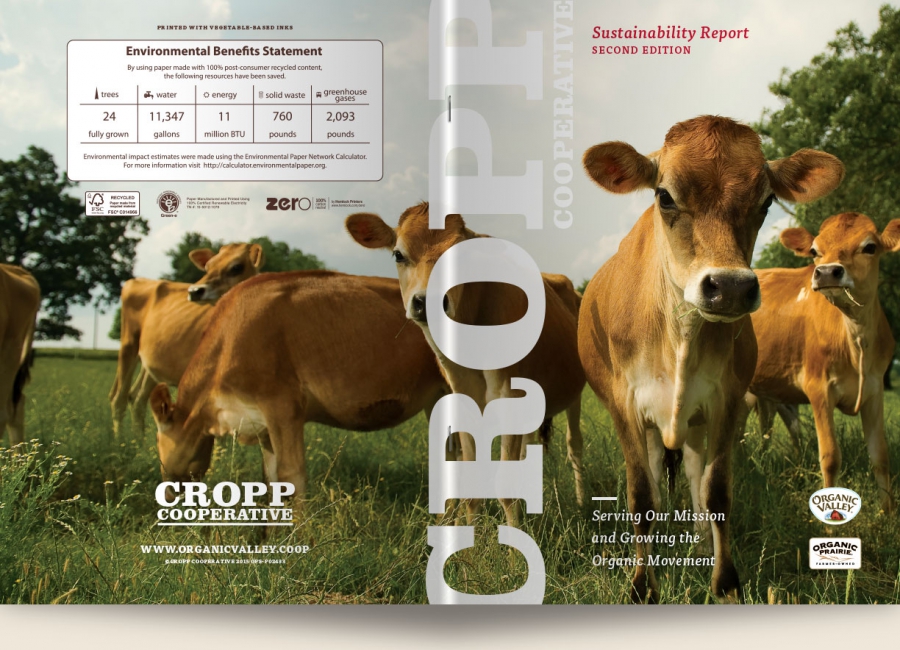
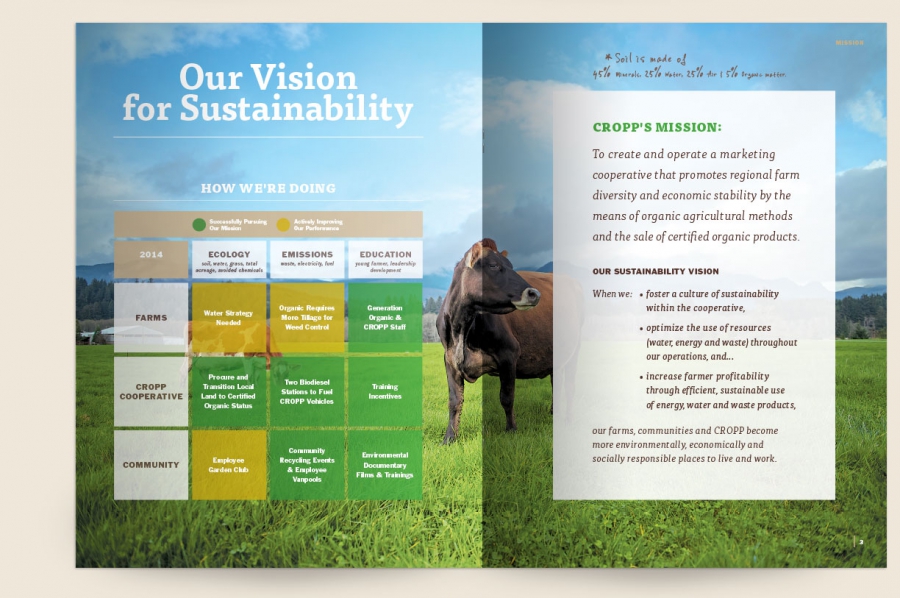

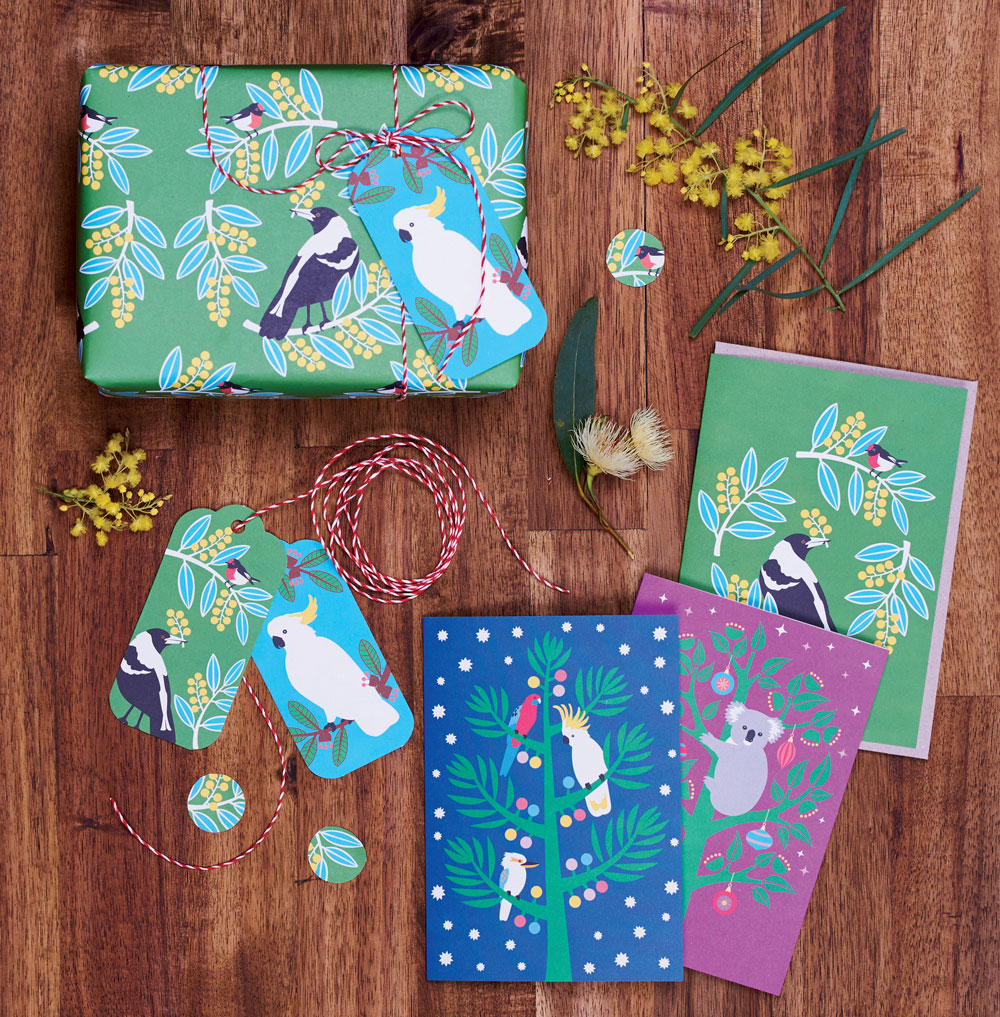 Renourish designed sustainable greeting cards that would benefit the non-profit organization, Trees for Life, in Australia that works to plant native trees. For this project they used 100% post-consumer recycled paper for both the cards and the envelopes. The envelopes were also unbleached. They used vegetable based inks, used digital to plate printing and worked to decrease water consumption. They designed the packaging to show the card designs through a cut-out window, eliminating the use of plastic. They worked have the project carbon neutral by offsetting the amount of greenhouse gas emissions produced with Green power. Through their efforts, they were able to donate enough money to Trees for Life to plant over 40,000 trees.
Renourish designed sustainable greeting cards that would benefit the non-profit organization, Trees for Life, in Australia that works to plant native trees. For this project they used 100% post-consumer recycled paper for both the cards and the envelopes. The envelopes were also unbleached. They used vegetable based inks, used digital to plate printing and worked to decrease water consumption. They designed the packaging to show the card designs through a cut-out window, eliminating the use of plastic. They worked have the project carbon neutral by offsetting the amount of greenhouse gas emissions produced with Green power. Through their efforts, they were able to donate enough money to Trees for Life to plant over 40,000 trees.